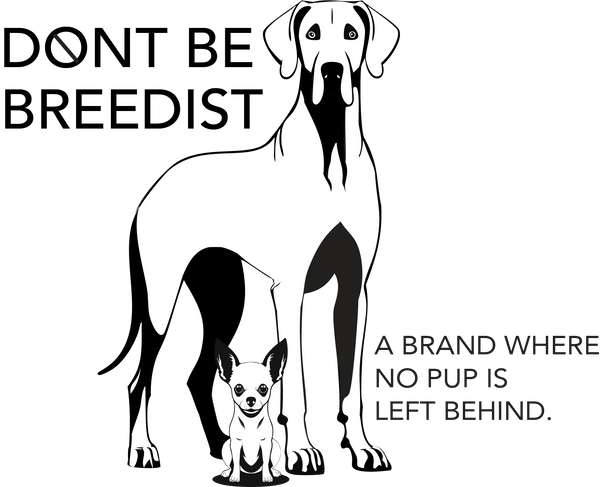
What “K9” Really Means — And Why It’s More Than Just Police Dogs
Introduction
You’ve probably seen the term “K9” on police vehicles or working dog vests—but what does it really mean? While the term is often linked to law enforcement, it actually has a broader definition. In this article, we’ll explore the origins of the term “K9,” why it’s commonly misunderstood, and how it applies far beyond just police dogs.
What Does “K9” Stand For?
“K9” is a stylized abbreviation of the word canine—the scientific term for the dog family. It’s pronounced the same way and was originally adopted as shorthand by the U.S. military in the 1940s. The first official K-9 Corps was developed during World War II to train dogs for sentry and detection work. Since then, the term has been widely used in military and police contexts.
Why Most People Associate It with Police Dogs
Because police departments across the world have adopted the term “K9 unit” to refer to dogs trained in protection, detection, and apprehension, the public now largely associates “K9” exclusively with law enforcement. These dogs often undergo rigorous training and are considered officers themselves, capable of performing highly specialized tasks like narcotics detection or suspect tracking.
But “K9” Means More Than Just Law Enforcement
While the term is most visible in police contexts, “K9” can describe any dog working in a professional or trained capacity. These can include:
-
Search and rescue dogs
-
Therapy dogs
-
Service animals for people with disabilities
-
Emotional support animals
-
Dogs trained in scent detection for medical alerts
-
Even obedience-trained family companions
In short, “K9” reflects a level of discipline and partnership between human and dog—not a job title.
Reclaiming the Term for All Working Dogs
At Dont Be Breedist™, we use “K9” as a symbol of dedication and service—not aggression or enforcement. Dogs trained to support survivors of trauma, including domestic abuse, are just as deserving of the title as any police K9. They offer safety, support, and loyalty in the most vulnerable moments of their handler’s life.
Whether trained to detect seizures, provide comfort during flashbacks, or simply walk confidently by someone’s side—these dogs are true K9s in every sense of the word.
Conclusion
“K9” doesn’t just belong to police dogs—it belongs to any dog whose loyalty and training help improve human lives. By understanding the roots of the term and its broader meaning, we can help redefine how we value all types of working dogs and honor the essential roles they play.
